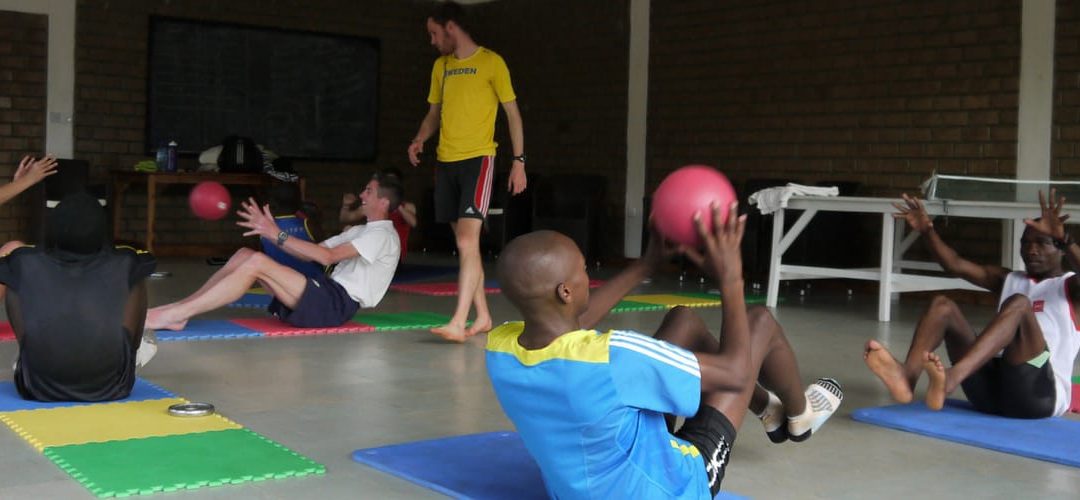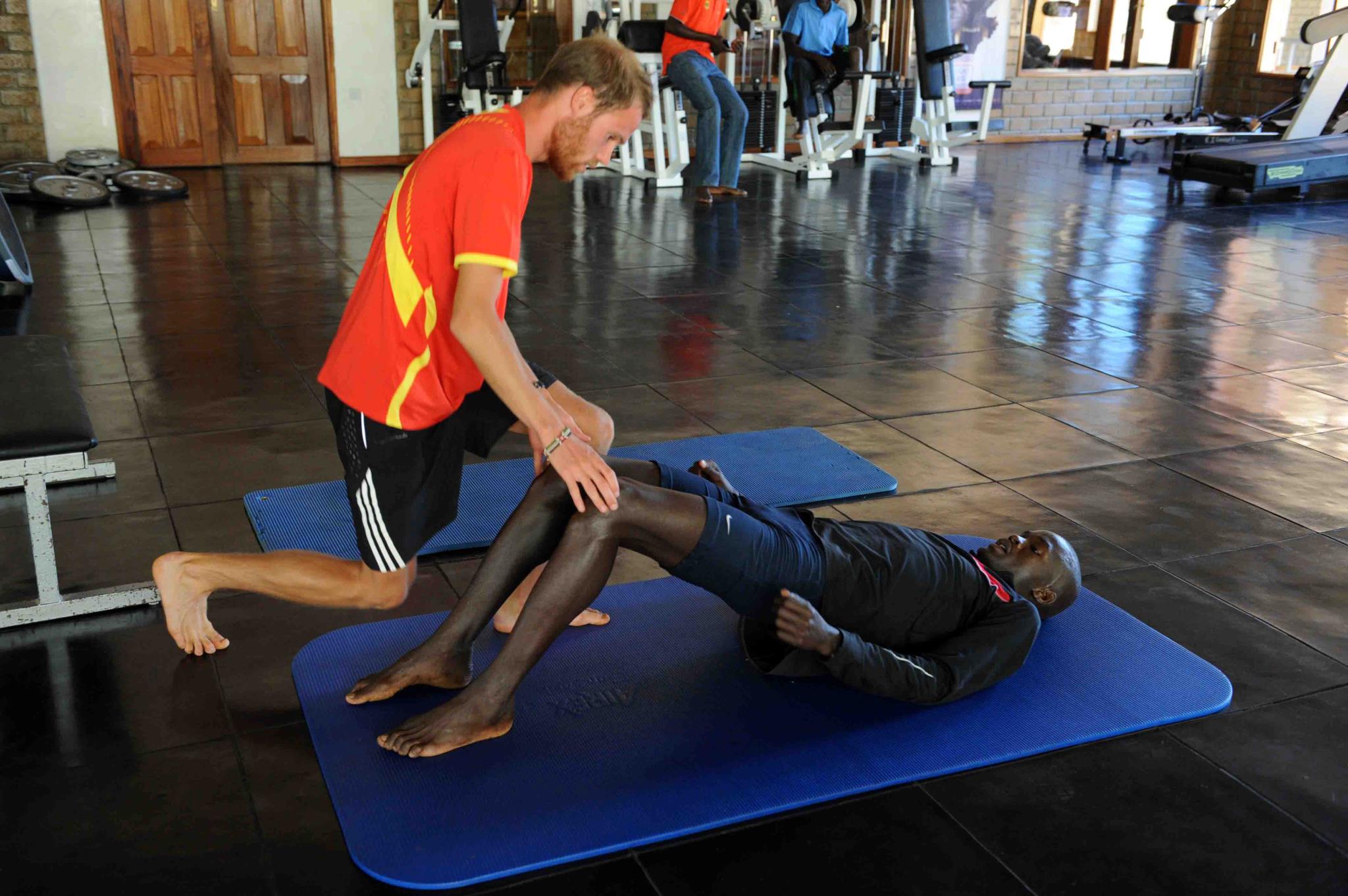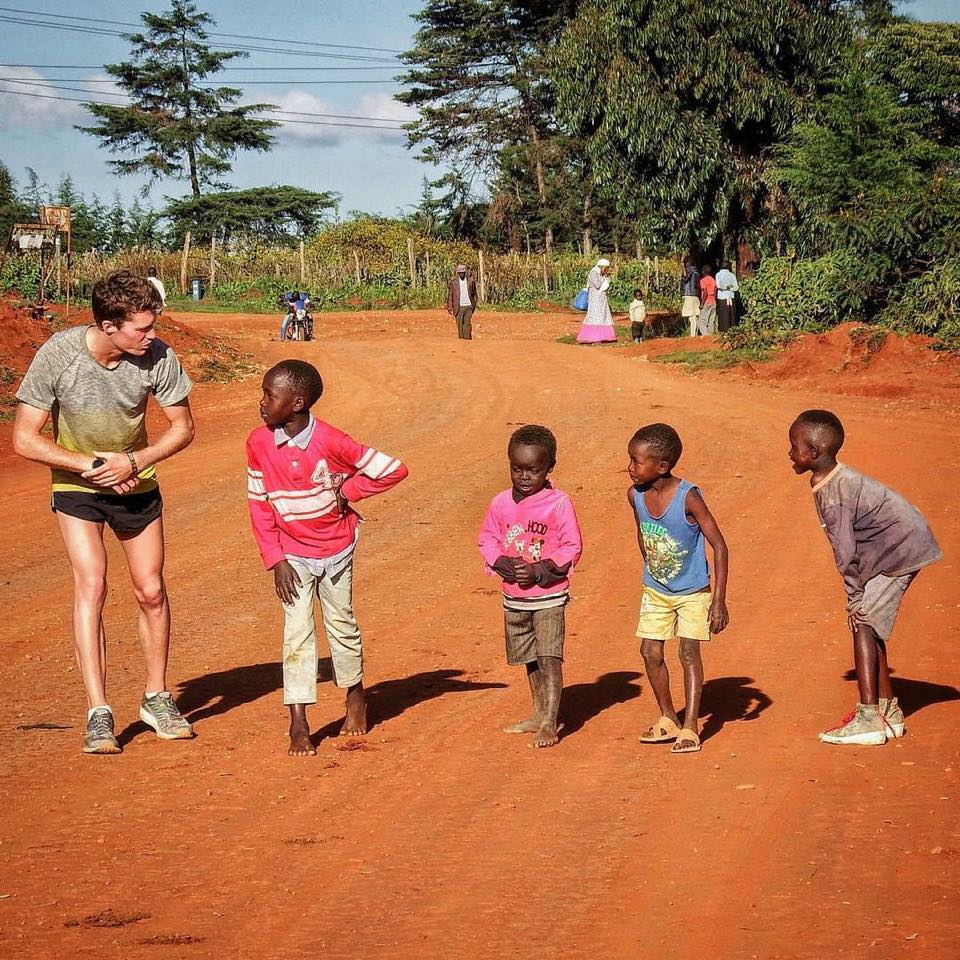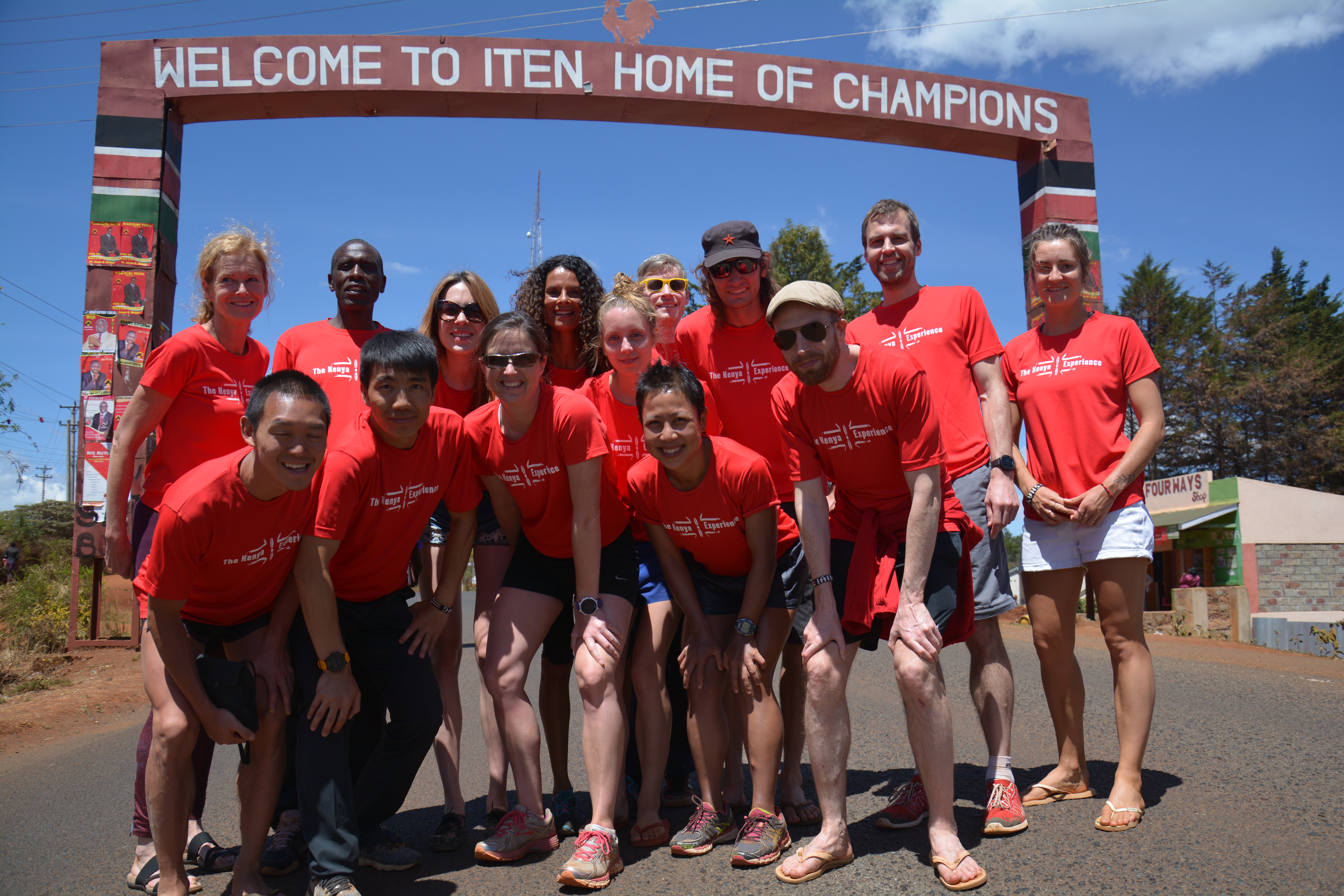Core Stability for Runners
What is core stability and why is it important for runners?
The background
Humans are built to be endurance runners. When you compare us to the vast majority of other mammals we’re extremely slow (even the laziest of household cats or fattest of domestic rabbits would put Usain Bolt to shame over 100m). However, our bodies are very well equipped to running a long way at moderate speeds. We are good at using fat reserves as a source of energy, we have long elastic tendons that store and release energy with each stride, our large foot and leg joints have evolved to absorb impact and we can sweat through our skin which keeps our temperature regulated during exercise. All attributes favourable to endurance running.
Visually, the most obvious difference between us and most other mammals is that we are bipedal – we stand on two feet. This gives us a very efficient gait cycle but actually makes us inherently unstable. Think about it, have you ever tried to push a cat over? Probably not, and we don’t recommend you do, but the point is that the extra two ground contact points makes them very stable. Have you ever tried to push a human over? Probably. You might notice that humans are actually pretty easy to push over, just watch a Premier League football match and you’ll see what I mean…
It’s all about balance
So what does this have to do with ‘core stability’? Give this a quick try: stand upright with your hands by your side, close your eyes and focus your thoughts on the contact between your feet and the ground. You might notice several tiny movements happening in your legs and feet as you attempt to keep yourself upright? These micro-adjustments occur all the time. Our brain is constantly sending signals to our stabilising muscles telling them to re-adjust. In fact, the more you think about it, the more incredible it seems that we are even able to stand upright in the first place. Humans have managed to build planes that can fly across the world, F1 cars that can race around corners, even quadrupedal robots that can gallop around on four legs, but world leading engineers have struggled to make bipedal robots that can even walk up a set of stairs. That’s because the computational power required to stabilise it is enormous and incredibly complex! Yet we humans don’t even ‘think’ about it, we just do it. That’s amazing, right?
Core Stabilisers for Runners
I used to work with a very good physio called Kay. She told me that our legs are just like marionettes (string puppets), our hips and core are the strings that control them and our brain is the puppeteer. Our core muscles therefore are in constant use, always keeping us stable and up right. Before we go any further let’s consider what the “core muscles” actually are, because there is a big difference between ‘beach core’ and ‘runner’s core’!
When we consider our core muscles our first thought is usually the abdominals, but these muscles are merely the tip of the iceberg when it comes to stabilisation. People often use the phrase ‘core session’ when what they really mean is ‘some sit ups’. It’s like going to the gym and saying “today I did an upper body workout” when all you really did was 100 bicep curls – your biceps will be enormous but your arms will be useless for anything other than bicep curls.
Key Areas to Focus on
When we get to work on strengthening our core we need to ensure we are encompassing all the correct muscle groups which play an important role in stabilisation. As apposed to the rather more common approach of repeatedly isolating a single area (most often the ‘abs’). That means strengthening all manor of muscles including but not limited to the abdominals, the muscles in the lower back and gluteals (erector spinae and gluteus medius in particular), the obliques, hip flexors, hip adductors and hip abductors. (And let’s not forget the feet and other lower limb stabilisers – but we will save that for another day)
Why is strengthening these areas beneficial for runners?
The human body is designed to move, but if you are not sufficiently strong in the right areas, you will move in ‘incorrect’ ways by means of compensation for those imbalances and weaknesses.
As an endurance runner, efficiency is the name of the game. We want our muscles to work together to produce force in the forward direction and any energy spent moving laterally is energy wasted. Stabilising the core means that the limbs are able to move in the correct plane of motion and hence minimise wasted energy. Strengthening the hip flexors and lower back muscles allows us to ‘run tall’. To run tall, imagine a helium balloon is attached to your head and trying to pull you upright. This creates a more efficient gait cycle in which the foot strikes the ground underneath the centre of gravity (rather than in front of you) and the gluteal muscles are activated leading to a greater force being generated with each stride. Strengthening the abdominals allows us to reduce rotational movements in the upper body and maintain an upright posture. A weak core shows its symptoms in a rotating upper body, arms that come across the body and a forward tilting pelvis. Improved gluteal strength has many benefits and perhaps as runners the most pressing is improved pelvic stability – weak glutes are easily identified in runners whose knees collapse inwards on impact.
As you can see, strengthening these muscles can lead to improvements in areas you may not have even known were weaknesses! It’s basically free speed and it’s absolutely going to improve your resilience to injury.
Wait. You are saying I can get faster and reduce my chances of becoming injured? Yes, yes we are.
Hopefully we have sold you on the idea that strengthening key areas of your body is a worthwhile investment of your time and energy.
Check back in next time for my quick guide to some of my own favourite core exercises for distance runners.
Thanks, Callum
About the author:
Callum Jones is an engineering master’s graduate of the University of Bristol and middle distance runner who has spent long periods of time training in Kenya. He began working for the Kenya Experience in October 2017.
“I’ve been an aspiring distance runner for the last 10 years and worked hard to improve my times year after year. Training in Iten was an incredible experience for me, it really took my running and love for the sport to a new level and opened my eyes to a whole new mentality towards training. Working for Kenya Experience is fantastic as I can offer my knowledge of the sport and insight into the Kenyan running culture with all our guests!”
The Kenya Experience – Running Camps in Iten Kenya for all runners
Our running camps provide an inspirational location, expert coaching and a supportive group environment for runners of all levels.
With an emphasis on ‘doing it the Kenyan way’ the camps include guided runs, practical workshops and an exciting itinerary outside of the actual training itself which will immerse you inside the Kenyan running scene. You will meet and learn from top Kenyan runners & coaches and interact with the local community in Iten under the guidance of our expert staff.
Want to know more? Click here for details on our training camps





Recent Comments